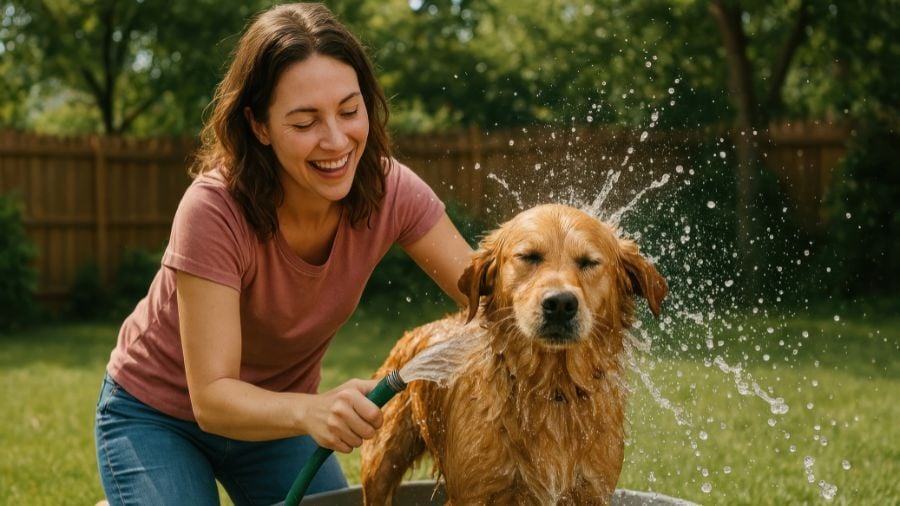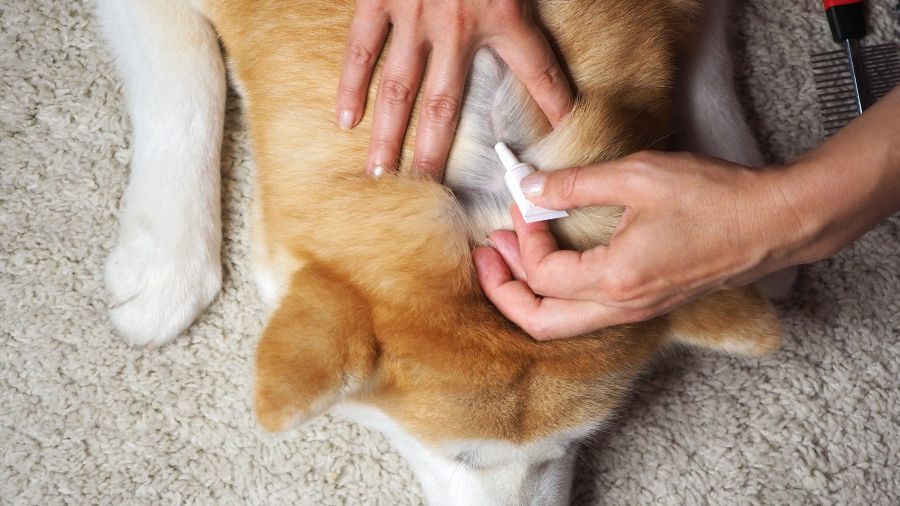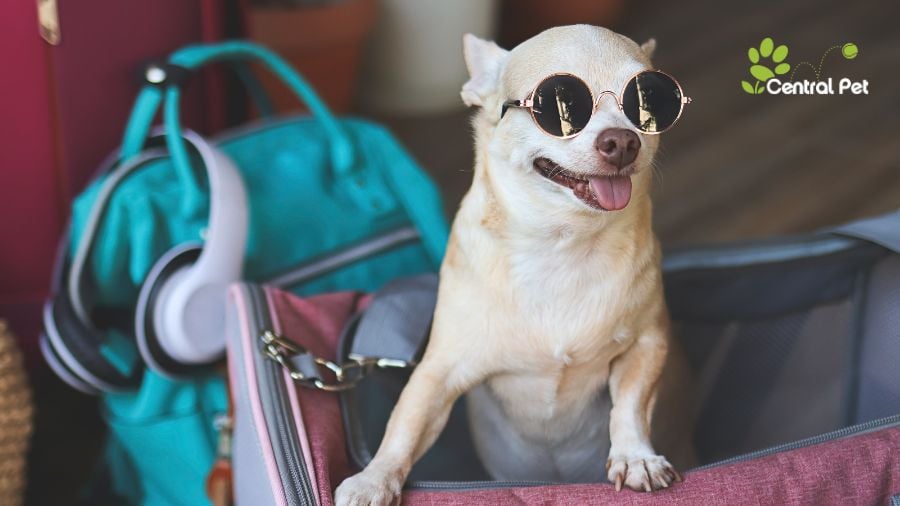It's an exciting time when you bring home a new pet! You may be thinking of ways to introduce your new dog or cat to the ones that already live in your home, hoping to have them become friends for life!
Remember, like most relationships, it’s not always a match made in heaven from the very start. It can take a little time. As issues arise, remember not to punish your pets. They’re just unsure of their new situation.
Getting Used to Each Other Takes Time
The key is to give your resident pet time to get used to the newcomer and allow your new pet time to settle into their space.
Here are 10 ways you can help your pets get used to each other.
- Keep them in separate areas for a few days, maybe even a week.
- Supervise initial interactions.
- Feed them near each other, but still separately.
- Reward them together.
- Let your new pet wander through your home.
- Working to get them outside together.
- Have patience!
- If you have concerns, contact your dog trainer for advice.
- Have your new pet spayed or neutered as soon as they’re old enough.
- Don't leave your new pet alone with your resident pets.
1. Keep them in separate areas for a few days, maybe even a week.
When your new pet arrives home, put them in a small area with food, water, and a few toys for a couple of days. Then let your current pets sniff through the gate or door to investigate the newcomer – but keep physical contact to a minimum – before allowing them to interact more in a neutral spot. This can be at a park, somebody else’s home, or simply outside of your home.
Some animals won't be happy sharing their home with a new pet. As you start to let them spend more time together you might notice some issues arising when it comes to sleeping areas, toys, feeding time, or when a family member shows affection to one of the animals. A crate or baby gate can allow these pets to have time away from the newcomer when they need it.
2. Supervise initial interactions.
Give them short periods of time together at first. You can let them sniff each other under a gate or door, then open the door and let them have supervised interactions. You may need to help your resident pets take it easy. If they get too excited, especially with a puppy or a kitten, it can scare the new pet.
3. Feed them near each other, but still separately.
If the first few interactions are reasonable, you can start feeding your resident pets and newcomer in separate areas but close to each other. This way, they'll associate positive experiences with being near one another. Once they're eating happily near each other, let them see each other while eating. Your new pet may need at least a week of this before they can share a space with your resident pets without fear.
As long as there aren't any negative behaviors exhibited, such as growling, snapping, or hackles (raised hair) standing up, allow them to eat together. Make sure you remove the food bowls as soon as they've finished eating and wash them daily. Leave water where they can each get to it all the time.
4. Reward them together.
When your pets have successfully completed a command or an activity together, it can be a great idea to reward them with a training treat or praise together. Rewarding them together can help to build their own trust and confidence in each other and improve their ability to work together.
5. Let your new pet wander through your home.
Once the pets feel comfortable with each other and there aren't any fearful behaviors, you can let your new pet have free range in the house when you're home while the resident pets are not in the house. Or, be prepared to close doors or use a baby gate to separate the pets until they’re fully confident in one another's presence.
6. Working to get them outside together.
Once the pets get along well at home, give them supervised time outdoors together.
It can be tempting to have your pets with you when you go out for the day or travel, but until they're both completely confident in each others' presence, they need to have enough space to wander independently. This means that if you have to travel, that they may need separate carriers. When looking for outdoor spaces, identify areas where they have plenty of space and toys to avoid unnecessary friction.
You'll need to keep a close eye on their interactions outside the house and ensure your new pet has at least four weeks to settle into its new home before letting them remain outside, or in the backyard together for an extended period of time without supervision.
7. Have patience!
If necessary, it may take two or three months for your pets to become friends. Remember, they're not fighting to be dominant – they may just need time to get used to one another.
8. If you have concerns, contact your dog trainer for advice.
If there are severe problems with aggression or if you feel that your pets can't become friends, don't hesitate to contact your dog trainer, who may be able to offer some suggestions.
9. Have your new pet spayed or neutered as soon as they’re old enough.
Spaying or neutering makes a huge difference in the way a pet behaves. In most instances, dogs who have been fixed at an early age are less aggressive than pets that haven’t been spayed or neutered. Reducing aggressive behavior is good for both you and your other pets.
10. Don't leave your new pet alone with your resident pets.
It would be best if you were around for a few weeks until you're sure that all of the pets are getting along well. If there are fights, they can result in serious injuries, so ensure there is no physical contact at any time between your new pet and your resident pets.
If you’re in the Tucson area and need help getting your pets to live together peacefully, consider private training at your home. Our trainers are able to come to you, assess your situation, and help make both pets more comfortable in their shared space.






